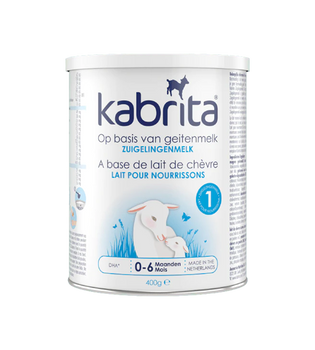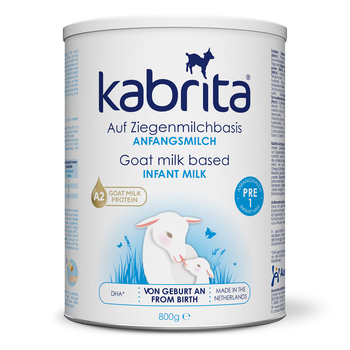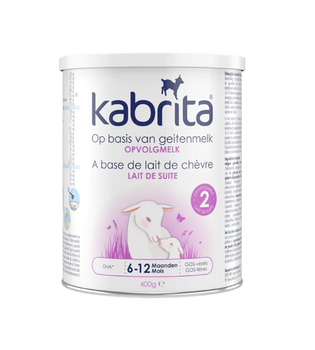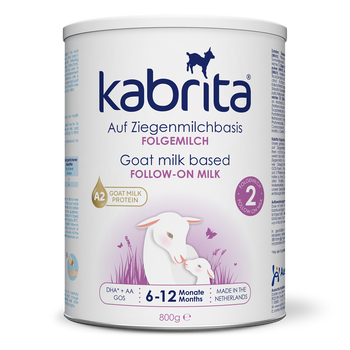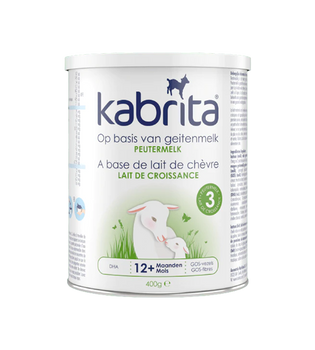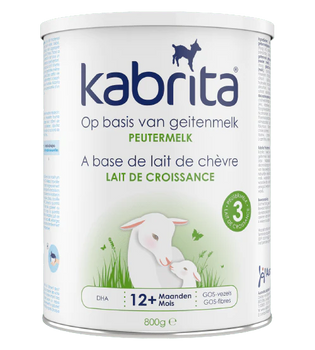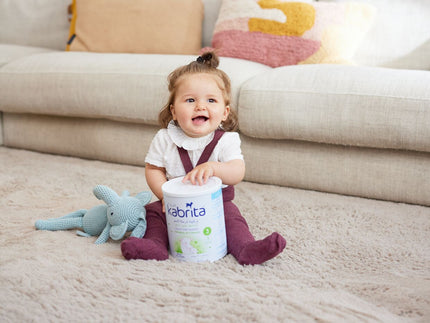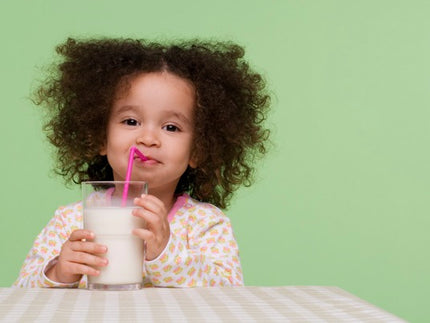Nutritional needs growing up
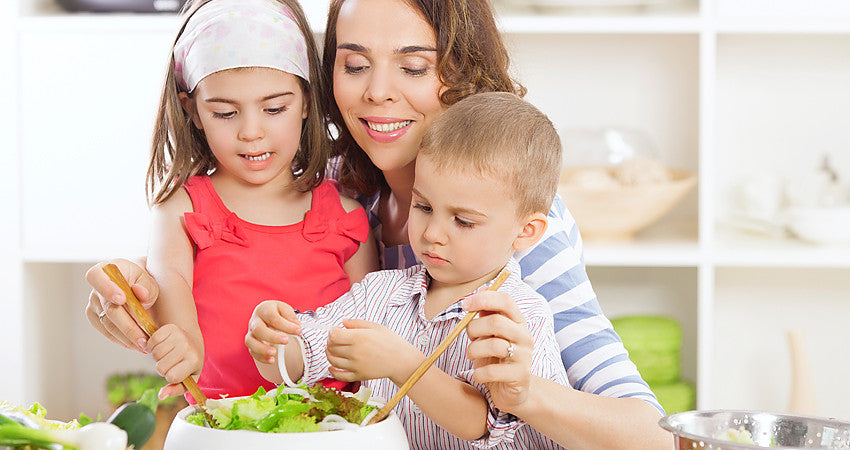
Which nutrients does my child need?
Your child’s nutritional needs are determined by several factors, such as genetic background, growth requirements and physical activity. In general your child will have the same nutritional requirements as you and will need carbohydrates, fats, proteins, vitamins and minerals. The difference lies in the amount of these nutrients that your little one needs.
-
Carbohydrates and Fat
Carbohydrates and Fat are an important source of energy for your child. Your child is continuously growing and very active and therefore needs energy to support this activity. You may notice changes in your child’s appetite, which is caused by the changes in growth rate. When your little one has a growth spurt they will require a lot of energy and seem to be constantly eating, while when their growth slows down they will require less energy and therefore eat less foot during the day.
-
Protein
Protein is especially important for growth as it builds, maintains and repairs body tissue. Protein can be acquired from meat, fish, poultry or dairy products like (goat) milk. To ensure your little one gets sufficient protein they should eat two or three servings of protein-rich food a day.
-
Vitamins
Providing the right vitamins can also support your child’s natural growth and development. Fortunately a balanced diet containing enough fruits and vegetables will ensure your little one gets enough vitamin A and C, while vitamin B complex can be derived from a variety of foods, such as dairy products (for instance goat milk), meat (substitutes) and grain products.
-
Minerals
Just like vitamins, minerals can also help support your child’s growth and development. Calcium for instance will help to create strong bones and teeth, while Iron is used by the body to increase blood supply, which is necessary during growth spurts.
How do I ensure my child gets these nutrients?
The good news is that all the nutrients that your child needs can be derived from a healthy, balanced diet. There are a lot of theories on what a healthy diet should look like. One of most spoken and accepted theories is the ‘Food Guide Pyramid’ introduces by the United States Department of Agriculture. In 2011 the Food Guide Pyramid was replaced by ‘MyPlate’.
The MyPlate consists of five food groups that they consider the building blocks for a healthy diet. These food groups are:
- Vegetables (all vegetables or 100% vegetable juice)
- Fruits (all fruits or 100% fruit juice)
- Grains (all food made from wheat, rice, oats, cornmeal, barley or another cereal grain)
- Protein foods (all foods made from meat, poultry, seafood, beans and peas, eggs, processed soy products, nuts, and seeds)
- Dairy (all fluid (goat) milk products and many foods made from (goat) milk)
To ensure your child (and you) get all the required nutrients your plate should be composed of products from each group. The amount of each group will depend on the factors mentioned earlier (genetic background, growth requirements and physical activity). According to the schedules on the MyPlate website an average child who beyond normal daily activities, gets less than 30 minutes of moderate physical activity per day should eat
| Vegetables | Fruits | Grains* | Protein foods | Dairy | ||
| Children | 2-3 years old | 1 cup | 1 cup | 3 ounce equivalents | 2 ounce equivalents | 2 cups |
| 4-8 years old | 1½ cups | 1 to 1 ½ cups | 5 ounce equivalents | 4 ounce equivalents | 2½ cups | |
| Girls | 9-13 years old | 2 cups | 1 ½ cups | 5 ounce equivalents | 5 ounce equivalents | 3 cups |
| 14-18 years old | 2½ cups | 1 ½ cups | 6ounce equivalents | 5 ounce equivalents | 3 cups | |
| Boys | 9-13 years old | 2½ cups | 1 ½ cups | 6 ounce equivalents | 5 ounce equivalents | 3 cups |
| 14-18 years old | 3 cups | 2 cups | 8 ounce equivalents | 6 ½ ounce equivalents | 3 cups | |
| * 50% of grains should be whole grains | ||||||
